Vocational and Skills Training Website Design – Connecting Students, Expanding Training – Standardizing Practical Education Brands
The Importance of a Website in Vocational and Skills Training
Vocational training is increasingly becoming a trend of social interest, especially in the context of a labor market that needs a workforce with practical skills rather than just theoretical degrees. Vocational centers, training facilities, and skill academies are emerging everywhere, catering to many industries: electricity, mechanics, beauty, chefs, mobile phone repair, marketing, information technology...
Among a variety of training units, having a separate, well-designed, and effective website helps the center affirm its position, convey accurate information to students, and strengthen its reputation and expand its scope of operations not only in the region but also nationwide.
A vocational training website is not simply an introduction page but also a versatile platform that helps promote training programs, recruit students, manage classes, and develop online training channels if needed. This is an important bridge between the center – students – the labor market.

Why do vocational centers need to design a professional website?
A formal and flexible information channel
When students need to learn a trade, they will look up information via Google or search through social networks. A website is where students access:
- List of courses
- Training program content
- Tuition fees, study time, start dates
- Instructor information
- Admission requirements
- Online registration
All of this helps students grasp the information and make decisions quickly without having to go to the center directly.
Increase the prestige of the training brand
The professionalism of a center is reflected in its online image. A well-designed, easy-to-see, fully updated, and optimized website interface will create sympathy and trust from students and parents. In particular, in the field of vocational training – where credibility directly affects registration decisions – an impressive website is an indispensable “plus point”.
Support enrollment and student admission quickly
- Online registration form
- Online consultation via Zalo, Messenger
- Send course information via email
- Integrate online tuition payment if needed
The website helps the center shorten the process of approaching – registering – processing documents, reducing the workload for the enrollment consulting team.
Expand online training
Many vocational training centers are now shifting to combined training: online theory – offline practice. The website is a tool to:
- Provide video lectures
- Study materials
- Online classes
- Tests, self-practice exercises
Thereby increasing the number of students outside the locality, expanding the market without geographical limitations.
Benefits of owning a vocational and skills training website
Show professionalism and clear orientation
The center can fully present:
- Introduction to the training mission
- Values towards students
- Output commitments, career orientation
- Recruitment links after graduation
This is a way to convince students to believe in the career journey at the center.
Systematize class management
- Create a list of students
- Automatically notify class schedules, exam schedules
- Track learning progress
- Manage tuition fees, attendance
These features help simplify the internal operation process, while creating a professional experience for students.
Increase traffic and natural enrollment
Standard SEO website will help you appear when users search for keywords:
- Learning to repair cars
- Spa vocational training center
- Free vocational training in Ho Chi Minh City
- Reputable refrigeration and air conditioning training
Thereby attracting thousands of potential students without advertising costs.
Effective – long-term communication
Through the website, the center can:
- Post blog articles sharing professional experience
- Introduce outstanding student faces
- Report on courses and events
- Update job opportunities
These activities help enhance brand image and retain center followers.

What content should be included in a vocational and skills training website?
Homepage
- Brief introduction of the center
- Featured courses
- Trial class registration button
- Introductory video or student feedback
About us
- History of establishment
- Training values, career goals
- Teaching staff
- Facilities
Training program
- List of all courses
- Detailed content of each course
- Learning path
- Start date
- Tuition fee
Schedule – start date
- Course schedule
- Exam and practice schedule
- Online learning schedule if available
Student corner
- Featured student profiles
- Career change stories
- Thank you letters from alumni
Sharing blog
- Professional skills
- Effective learning tips
- Frequently Asked Questions
- Current industry trends
Register for class
- Registration form
- Schedule a consultation
- Zalo link support
Contact
- Address
- Phone number
- Center map
- Social media connection
Important features in a vocational training website
Online course registration
- Simple and clear form
- Automatically send information to the consulting room
- Can be combined with confirmation via email or OTP
Quick consultation via Zalo or Messenger
- Fixed chat button on the interface
- Automatic notification of working hours
- Connect the student care team
Online learning system
- Watch video lectures
- Download learning materials
- Do homework and tests
- Automatic scoring
Internal management system
- Account authorization: administrator, teacher, student
- Class management
- Attendance, progress reports
- Automatic list export
Comprehensive SEO optimization
- Short URL, containing keywords
- Meta title, description standard structure
- Integrate Google Analytics, Search Console

Suggestions for vocational training center website interface
Modern – powerful interface
- Outstanding colors: sea blue, orange, burgundy
- Bold, easy-to-read font
- Realistic images of classrooms and practice workshops
Specialized – practical interface
- Divided by occupation groups: beauty, engineering, cuisine
- Dynamic banner image, displaying featured courses
- Friendly mobile interface
Online learning interface
- Separate study page
- Beautiful course cards
- Logical layout: video – document – exercise
Vocational training website design process
Analysis step
- Identify student audiences
- Choose the appropriate interface type
- Determine the features to be integrated
Interface design step
- Coordinate brand identity colors
- Choose a design style (modern, simple, dynamic)
- Test display on phones
Programming and functionality completion step
- Integrate registration system
- Link CRM system if available
- Secure student data
Trial run and user manual step
- Check page loading speed
- Instructions for updating content: blog, courses
- Maintenance and upgrade support

Current trends in vocational training website design
Integrate online – offline training
- Combining online theory learning – practice at the center helps save time and expand the scope of training.
Transparent tuition – online payment
- Integrating a payment gateway helps students pay tuition conveniently, saves time and increases transparency.
Student community
- Creating a space for sharing, asking questions, and connecting between old and new students helps maintain attachment to the training brand.
Optimize mobile experience
With the majority of users looking up information using their phones, the design needs to be easy to read and easy to operate on small screens.

CONTACT INFORMATION
- MIMA CO., LTD.
- Tax ID: 0318672839
- Address: Hoc Mon, Ho Chi Minh City
- Hotline/Zalo: 0909 035 333
- Email: info@mimadigi.com
- Website: https://mimadigi.com








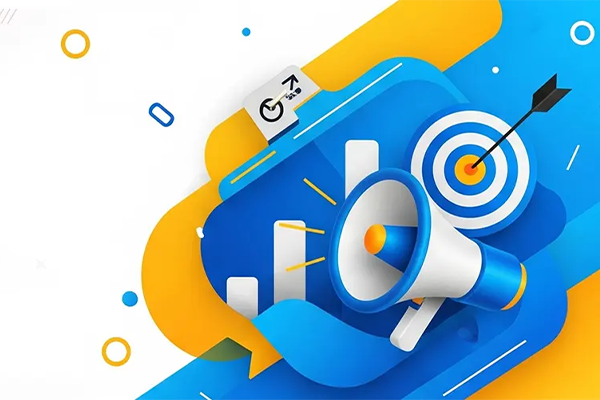


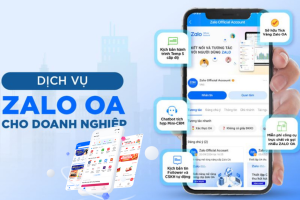
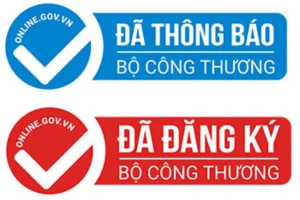
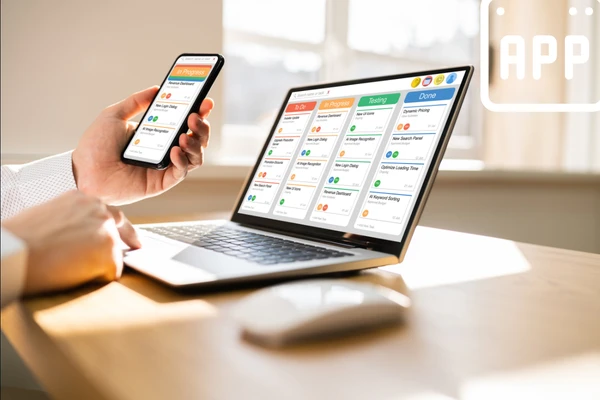

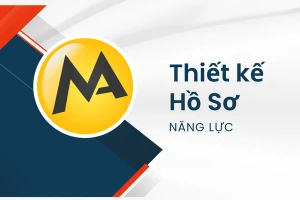






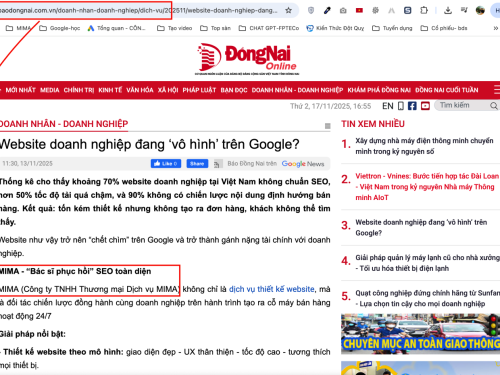



Share your review